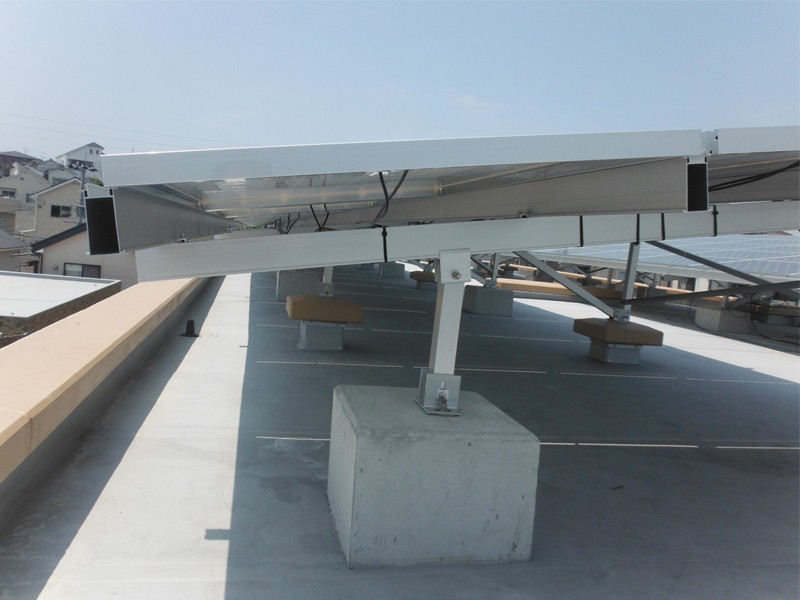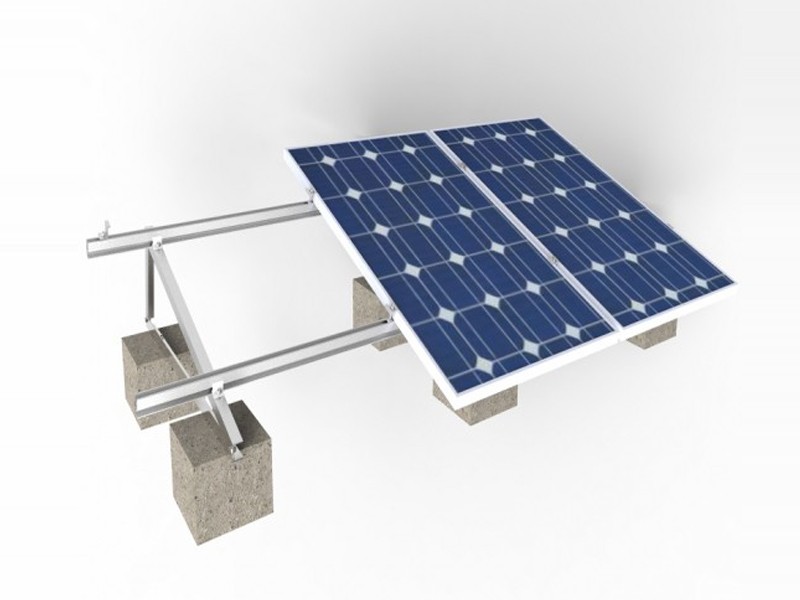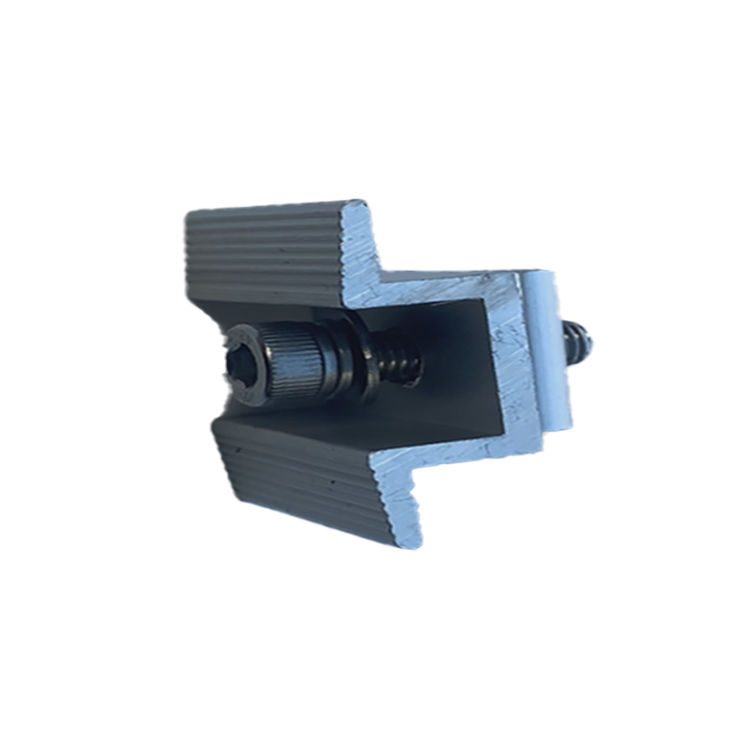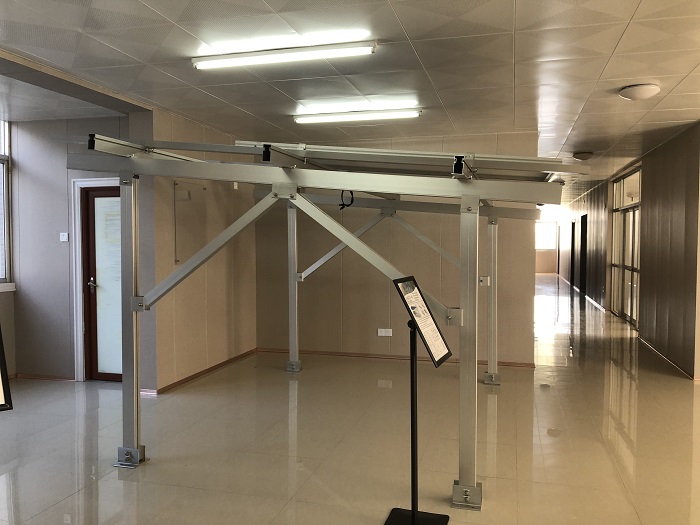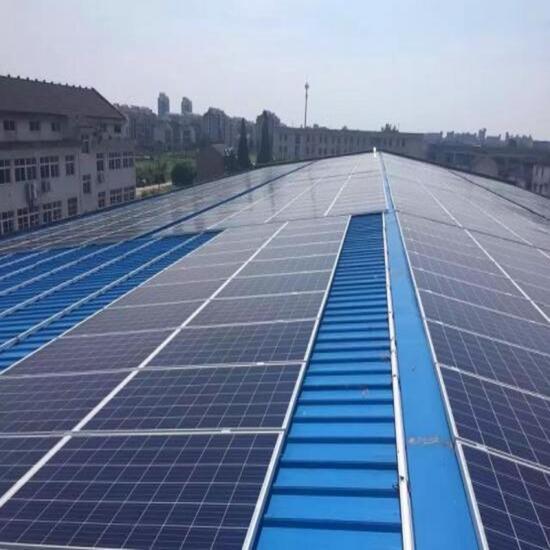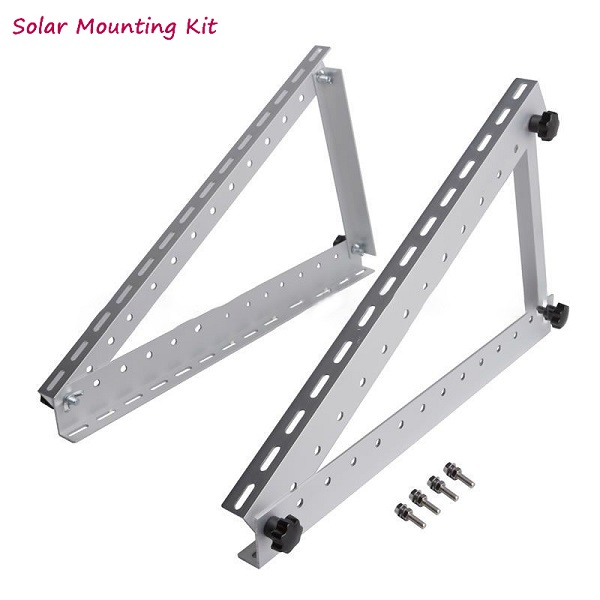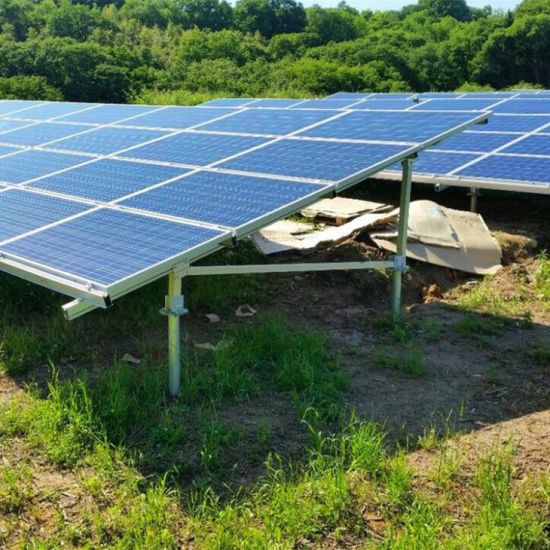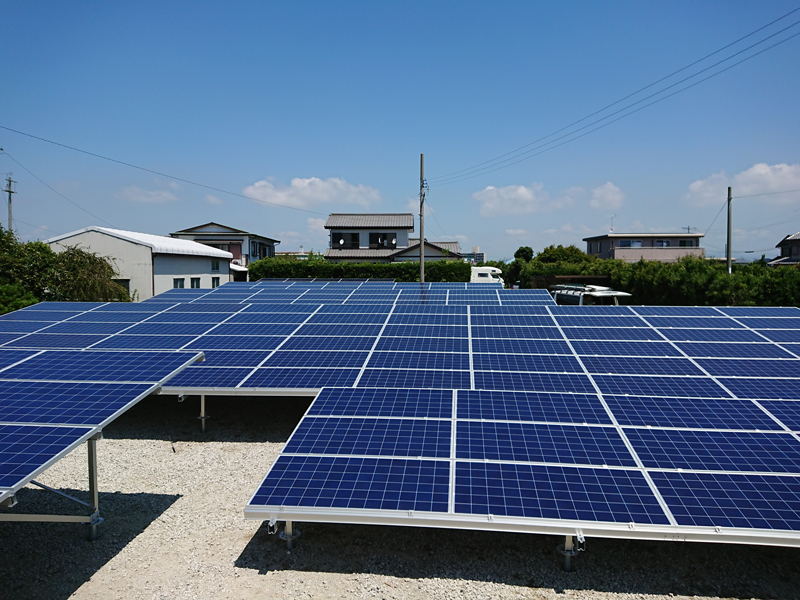Understanding Solar Engineering Requirements
Solar engineering encompasses the technical aspects of designing and installing solar photovoltaic (PV) systems. This includes site assessment, solar system design, electrical and structural calculations, and ensuring compliance with all relevant codes and standards. The scope of solar engineering includes everything from the initial feasibility studies to the final inspection and solar permit approval by the AHJ.
The requirements for solar permits vary significantly by region. Solar installers must meet federal solar design requirements, including the National Electric Code (NEC) and national building codes, plus local and state requirements.
For example, in Dade County, Florida, solar engineering requirements are more stringent due to hurricane-related building codes. The AHJ requires robust solar structural designs and installation standards to ensure resilience against high winds and severe weather, exceeding typical national or state regulations.
Understanding location-specific solar engineering regulations is crucial to avoiding project delays, increased costs, and even legal issues. Before designing a solar energy system, it’s essential to understand the codes in the given location. Many AHJs post their solar permitting requirements on their websites, or else calling or emailing may be necessary.
“The most challenging part of my work is researching and incorporating local AHJ and utility requirements into each project,” explains Chad Buccine, a professional Jolt Engineering engineer licensed in 17 states. “It is very costly to learn of these items from the inspector once the system is already installed.”
Solar engineering requirements vary significantly depending on location and project. “Building departments tend to require professional engineer involvement in projects as the complexity of the project increases,” explains Chad. “In some states, it’s rare to involve a professional engineer in a residential solar project, whereas it’s pretty common in others. For commercial solar energy projects though, it’s a pretty common request across the U.S. to have an electrical engineer and/or structural engineer on the design team. Most AHJs require both due to the greater risk to human life.”
The Role of a Solar Engineer
A solar engineer is pivotal in successfully permitting projects requiring engineering reviews or stamps. Their primary responsibility is to design compliant solar systems that meet all regulatory standards for the given location while maximizing solar energy production and minimizing project costs.
A key aspect of a solar engineer's role is ensuring structural and electrical safety by following building and electrical codes. This includes verifying that the roof or other mounting surfaces can support the weight of the solar panels and withstand environmental conditions such as wind and snow loads. Additionally, solar engineers must ensure that the electrical components are properly integrated with the existing electrical system to prevent hazards and optimize performance.
Solar Engineering Requirements
Most solar engineering requirements fall into two basic categories.
Structural Engineering
Roof Integrity: Assessing the roof's ability to support the weight of solar panels and mounting systems. This includes evaluating roof type, age, and condition.
Load Calculations: Ensuring that the roof or mounting structure can handle the additional load imposed by the solar system, including wind and snow loads.
Mounting Systems: Designing and installing secure mounting systems that adhere to local codes and are resilient to environmental conditions.
Electrical Engineering
System Design: Designing an electrical system that integrates with the existing electrical infrastructure and meets local codes and standards.
Wiring and Components: Using appropriate wiring and components to ensure safety, efficiency, and code compliance. This includes selecting proper wire gauges, connectors, and circuit breakers.
Inverter Installation: Installing solar inverters that convert DC power generated by the solar panels into AC power for use in the home, ensuring they meet performance and safety standards.
Common Solar Engineering Requirements
Structural Engineering
It involves designing and ensuring the stability and durability of solar mounting systems and support structures for solar panels, so they withstand environmental forces over time and comply with codes.
Structural Engineering Review
Design Evaluation: A comprehensive review of the structural design to confirm that the solar panel installation will not compromise the integrity of the building’s structure.
Load Assessment: Ensuring that the roof or mounting surface can support the additional weight and stresses imposed by the solar system.
Structural Engineering Analysis
Load Calculations: Performing detailed calculations to evaluate the impact of the solar panels, considering factors such as wind and snow loads.
Structural Integrity: Assessing whether the existing structure can handle the new load and identifying any necessary reinforcements or modifications.
Structural Engineering Letter
Professional Certification: A written statement from a licensed engineer confirming that the solar system design has been reviewed and meets all safety and regulatory requirements.
Compliance Documentation: Provides evidence that the structural aspects of the solar installation comply with local building codes.
Structural Engineering Stamp
Engineer's Seal: A licensed engineer's official stamp or seal certifying that the design and analysis have been reviewed and comply with building codes and standards.
Legal Requirement: Often required for permit approval, ensuring the installation meets all structural safety standards.
Electrical Engineering
It involves designing and implementing electrical systems that connect solar panels to the grid or battery storage, ensuring efficient energy conversion, safety, and compliance with electrical codes.
Electrical Engineering Review
Solar Design Evaluation: A thorough review of the electrical design to ensure the solar system’s integration with the home’s electrical infrastructure is safe and compliant with codes.
Component Assessment: Evaluating electrical components such as wiring, solar inverters, and disconnects for proper installation and operation.
Electrical Engineering Analysis
System Compatibility: Analyzing the electrical system to ensure it can handle the additional load and that all components are properly sized and installed.
Code Compliance: Verifying that the electrical design adheres to national and local electrical codes and safety standards.
Electrical Engineering Letter
Professional Certification: A written statement from a licensed engineer confirming that the electrical design and installation meet all regulatory and safety requirements.
Documentation of Compliance: Provides formal assurance that the electrical aspects of the solar system have been reviewed and approved.
Electrical Engineering Stamp
Engineer’s Seal: An official stamp or seal from a licensed engineer certifying that the electrical design and analysis comply with relevant codes and standards.
Permit Requirement: Often necessary for permit approval, confirming that the electrical components and design have been professionally evaluated and deemed safe.
Meeting Solar Engineering Permit Requirements
Most solar contractors meet solar engineering requirements in-house or by hiring a specialized solar engineering firm like GreenLancer.
In-House Solar Engineering
Pros:
Integration: Easier integration with other departments and projects within your organization.
Cost Efficiency: Potentially lower long-term costs if you have existing staff with the right skills and engineering licenses.
Control: Greater control over the project and immediate access to your team if they have the time availability.
Cons:
Skill Gaps: Requires specialized knowledge and ongoing training, which may not be available internally.
Resource Allocation: Diverts resources from other important tasks or projects.
Complexity: Managing compliance, regulations, and project specifics can be challenging without dedicated expertise and the required engineering licenses.
Scalability: In-house team may not be able to scale up as the business grows, creating a lag time in completing engineering reviews and analysis.
Licensing Challenges: Solar engineers must be licensed in the states where they operate, making it difficult for solar contractors to expand into new states.
Initial Investment: High initial costs for hiring and training specialized staff.
Time-Consuming: Establishing an in-house team and keeping them up-to-date with the latest industry standards and regulations can be time-consuming.
Risk of Turnover: Potential loss of investment if trained employees leave the company.
Limited Perspective: In-house teams might lack exposure to diverse projects and innovative solutions that external engineering firms encounter.

